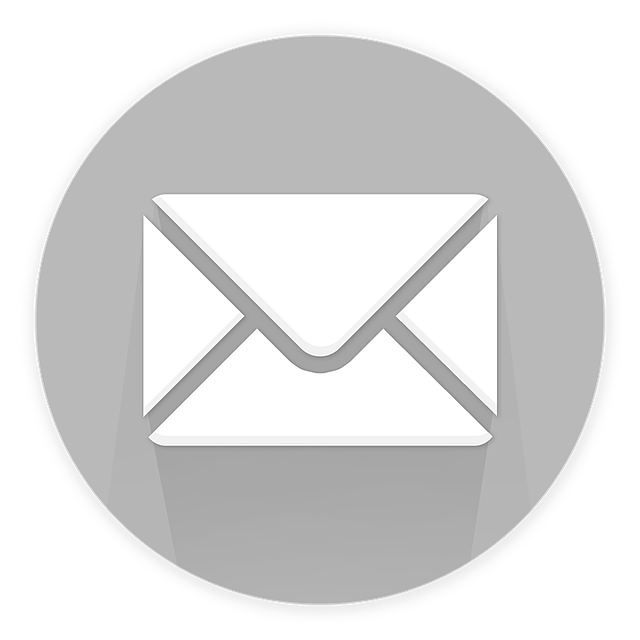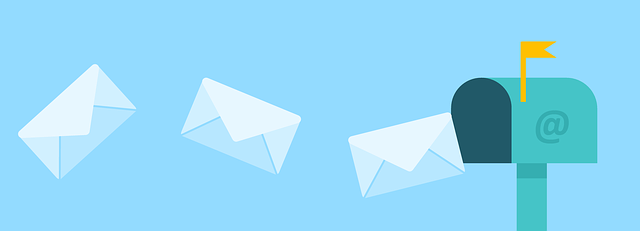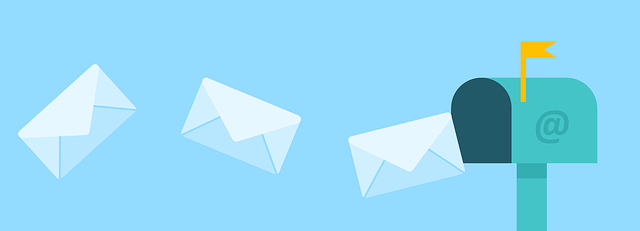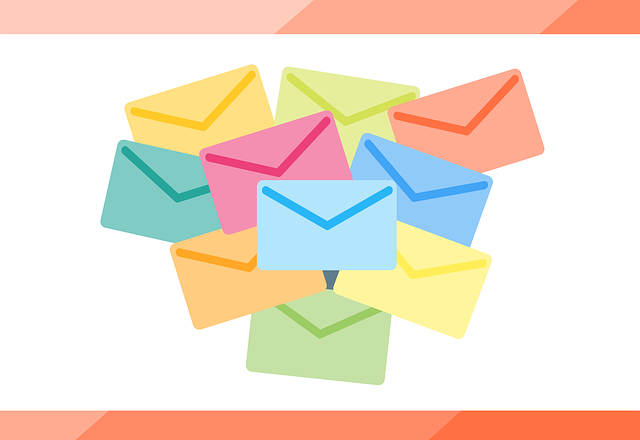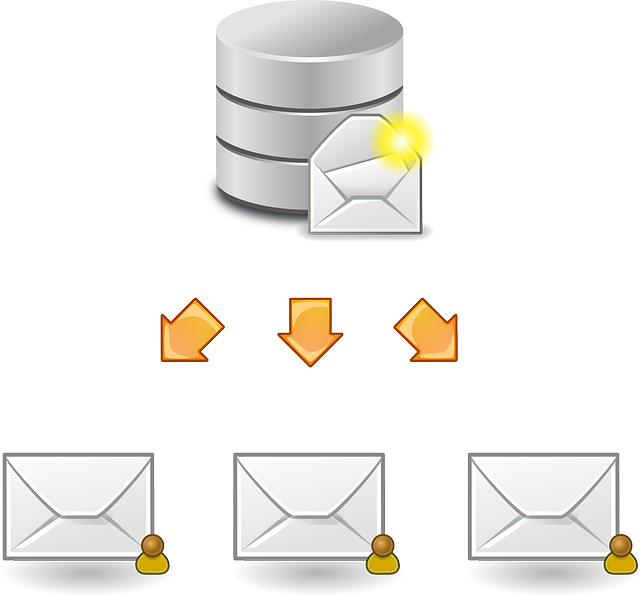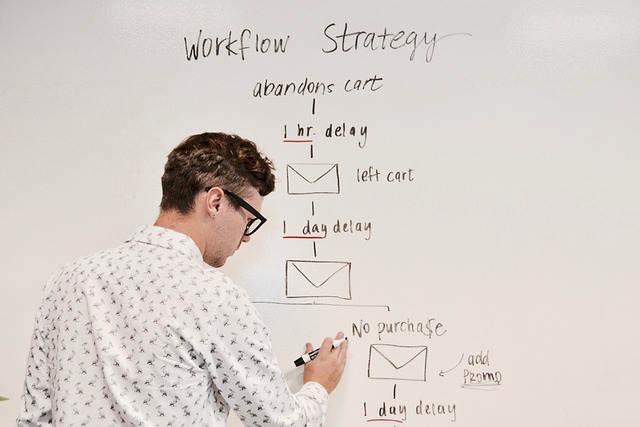In the vast realm of email marketing, nonprofits have a unique challenge – how to captivate an audience and inspire action through their messages. Just like the mythical Sirens of ancient Greece, nonprofits must craft email content that lures in readers with its irresistible charm and leaves them spellbound.
But fear not, for there is a method to this enchantment. By understanding your audience, using attention-grabbing subject lines, telling powerful stories, employing compelling call-to-actions, and optimizing formatting and design, you can weave a tapestry of email content that resonates deeply with your supporters.
In this article, we will delve into the art of crafting compelling email content specifically tailored for nonprofits. So, brace yourself, for we are about to embark on a transformative journey that will revolutionize your nonprofit’s email marketing strategy. Get ready to captivate, inspire, and conquer the hearts of your audience like never before.
Key Takeaways
- Understanding the audience and their interests is crucial for crafting compelling email content.
- Personalized subject lines using the reader’s name or past interactions can grab attention in a crowded inbox.
- Powerful storytelling is highly effective in creating an emotional connection with the audience.
- Compelling call-to-actions (CTAs) motivate the audience to take action and support the cause.
Understand Your Audience
Before you start writing your email content, it’s crucial to understand who you’re speaking to and what they care about. Understanding donor motivations is key to crafting compelling email content for nonprofits.
Take the time to research and analyze your audience, segmenting them into different groups based on their interests, demographics, and giving history. This will allow you to tailor your content specifically for each segment, making it more relevant and engaging.
For example, if you know that a certain group of donors is passionate about a particular cause, you can focus on highlighting the impact their donations have made in that area.
By understanding your audience and tailoring your content accordingly, you can effectively communicate your nonprofit’s mission and inspire action.
Now, let’s dive into crafting attention-grabbing subject lines.
Craft Attention-Grabbing Subject Lines
To capture your reader’s attention like a bolt of lightning, craft subject lines that are as captivating as a siren’s call. Personalization techniques can make all the difference when it comes to grabbing attention in a crowded inbox. Use your reader’s name or reference their past interactions with your nonprofit to create a sense of familiarity and relevance.
Subject line best practices dictate that you keep it short, simple, and intriguing. Arouse curiosity or offer a compelling benefit to entice them to open your email. Experiment with different words, phrases, and emojis to stand out.
Now, as you transition into the subsequent section about ‘tell powerful stories’, remember that the subject line is just the beginning. In the body of your email, you have the opportunity to captivate your readers even further with engaging narratives that inspire action.
Tell Powerful Stories
Get ready to be captivated as we dive into the power of storytelling. When it comes to writing compelling email content for nonprofits, there’s nothing quite as effective as a powerful story.
Stories have the ability to evoke emotions and create a deep connection with your audience. To make an emotional impact, use storytelling techniques such as vivid descriptions, relatable characters, and engaging plotlines.
Paint a picture in your readers’ minds and make them feel like they’re a part of the story. By doing so, you can inspire them to take action and support your cause.
In the next section, we’ll explore how to use compelling call-to-actions to further engage your readers and encourage them to get involved.
Use Compelling Call-to-Actions
Engage your readers by crafting call-to-actions that are as irresistible as a siren’s song, enticing them to dive headfirst into your cause. A compelling call-to-action (CTA) is the secret sauce that can motivate your audience to take action.
Here are some compelling CTA examples that can help you inspire your supporters:
- ‘Donate now and change lives!’
- ‘Join our community and make a difference today!’
- ‘Take action and be the change you wish to see in the world!’
To create effective CTA strategies, consider these tips:
- Use action verbs that evoke emotions.
- Keep it concise and clear.
- Create a sense of urgency.
By using compelling CTA examples and implementing effective CTA strategies, you can encourage your readers to engage with your nonprofit and support your cause.
Now, let’s dive into how to optimize formatting and design to further enhance your email content.
Optimize Formatting and Design
When it comes to optimizing formatting and design in your nonprofit emails, there are two key points to keep in mind.
First, use clear and concise language to ensure your message is easily understood by your audience.
Second, incorporate visuals and formatting techniques to enhance readability and make your emails more visually appealing.
By following these guidelines, you can create emails that are engaging, informative, and visually appealing, ultimately increasing the effectiveness of your email communication with donors and supporters.
Use clear and concise language
Using clear and concise language in your nonprofit emails will ensure that your message is easily understood and resonates with your audience.
When writing your email content, it’s important to use persuasive language that grabs the reader’s attention and engages them from the start. Keep your sentences short and to the point, avoiding unnecessary jargon or complicated language.
Use words that evoke emotion and inspire action, such as ‘transform,’ ’empower,’ or ‘make a difference.’
By using engaging content writing techniques, you can effectively communicate your nonprofit’s mission and impact.
In the next section, we’ll explore how you can further enhance the readability of your emails by incorporating visuals and formatting that capture your audience’s attention.
Use visuals and formatting to enhance readability
Capture your audience’s attention and immerse them in your message by incorporating eye-catching visuals and formatting techniques. Visual storytelling is a powerful tool in email marketing strategies for nonprofits. Use images, infographics, and videos to convey your message and evoke emotions. A compelling image can speak volumes and make your content more memorable.
Break up text into smaller paragraphs and use subheadings to guide readers through your email. Bulleted lists create a rhythm and flow, making your content easier to read and digest. Don’t forget to include alt text for images to ensure accessibility.
By using visuals and formatting effectively, you can enhance the readability of your emails and create a more engaging experience for your audience. Transitioning into the next section, it’s important to test and analyze the effectiveness of your email content.
Test and Analyze
Are you looking to optimize your nonprofit’s email campaigns?
One key strategy is to A/B test different versions of your emails to see which ones perform better.
By analyzing open rates and click-through rates, you can gain valuable insights and make improvements for future emails.
Don’t miss out on the opportunity to engage your audience and drive more action with well-tested and analyzed email content.
A/B test different email versions
Try experimenting with different versions of your emails to see which ones resonate best with your audience and drive the most engagement. A/B testing is a powerful tool that allows you to compare the performance of different email versions.
Here are three ways you can leverage this technique to optimize your nonprofit email campaigns:
-
Performance comparison: Analyzing the impact of different email versions on conversion rates. Test variations in subject lines, call-to-action buttons, or email layouts to identify the elements that generate the highest response rates.
-
Personalization techniques: Testing the effectiveness of customized content in nonprofit email campaigns. Determine whether personalized greetings, tailored messaging, or segmented email lists lead to higher engagement and donations.
-
Visual design experiments: Assess the impact of different visual elements such as images, colors, and fonts on your audience’s response. Experiment with different combinations to create visually appealing and impactful emails.
By conducting A/B tests, you can gather valuable insights about what resonates with your audience and improve the effectiveness of your future emails. Analyze open rates and click-through rates to optimize your nonprofit email content further.
Analyze open rates and click-through rates to improve future emails
Improve the effectiveness of your future emails by analyzing open rates and click-through rates. This will allow you to better understand your audience’s preferences and tailor your content accordingly. By tracking these metrics, you can gain valuable insights into what resonates with your readers. This will help you improve engagement and increase conversions.
Analyzing open rates gives you an idea of how successful your subject lines are in capturing attention. If you notice low open rates, consider testing different subject lines or personalizing them to grab your readers’ interest.
Click-through rates indicate how effective your email content is in driving action. If your click-through rates are low, try optimizing your call-to-action buttons or experimenting with different content formats.
By analyzing these metrics, you can continuously refine your email strategy and deliver compelling content that inspires your audience to engage and take action.
Frequently Asked Questions
How can I make sure my email content is relevant to my nonprofit’s target audience?
To ensure your email content is relevant to your nonprofit’s target audience, start by tailoring it specifically to their interests, needs, and values.
Research your audience to understand their demographics and preferences. Use language that resonates with them and addresses their concerns.
Incorporate personalization techniques like using their name and addressing their specific challenges.
Additionally, include compelling visuals, compelling storytelling, and a clear call to action to boost engagement and motivate them to take action.
What are some effective strategies for creating attention-grabbing subject lines for nonprofit emails?
Want to grab your nonprofit email recipients’ attention? Creating urgency and personalization in your subject lines is key.
Imagine you’re walking down the street, and you see a sign that says, ‘Last Chance to Save Lives!’ It immediately catches your eye and makes you curious.
Similarly, using subject lines like ‘Help us make a difference today!’ or ‘Join our mission before it’s too late!’ can create a sense of urgency and make your audience feel personally connected to your cause.
How can storytelling be used in nonprofit emails to engage and connect with the audience?
To create impact and engage your audience, use storytelling in your nonprofit emails. By using emotions, you can connect with your readers on a deeper level and inspire them to take action.
Share personal stories of individuals who’ve benefited from your organization’s work, highlighting the positive change you’ve created. Use vivid descriptions and relatable characters to draw your readers in and make them feel a part of the story.
This approach will ensure your nonprofit emails are compelling and memorable.
What are some examples of compelling call-to-actions that can be used in nonprofit emails?
Looking to create compelling CTAs for effective engagement in nonprofit emails?
Craft a call-to-action that resonates with your audience’s values and emotions. For example, ‘Donate now and make a difference in someone’s life today!’ or ‘Join our movement and be a force for change!’
These CTAs inspire action and create a sense of urgency, compelling your readers to take the next step.
Remember to keep your language concise, compelling, and focused on the impact they can make.
Are there any specific formatting and design tips that can help make nonprofit emails more visually appealing and engaging?
Want to make your nonprofit emails visually appealing and engaging? Well, forget about formatting techniques and design principles. Who needs those, right? Just stick with plain, boring text and zero visual appeal.
Oh, and don’t even think about using colors, images, or any kind of branding. Who needs all that eye-catching stuff to grab attention and make your emails stand out? Definitely not nonprofits looking to make a lasting impact and connect with their audience.
Conclusion
Congratulations! You now possess the key to creating irresistible email content for nonprofits. By understanding your audience’s needs and desires, crafting attention-grabbing subject lines, telling powerful stories, using compelling call-to-actions, and optimizing formatting and design, you’ve unlocked the secret to captivating your readers.
Just like a master painter uses vibrant colors to bring a canvas to life, your words will paint a vivid picture in the minds of your readers, inspiring them to take action and make a difference.
Now, go forth and create email content that leaves a lasting impact!

